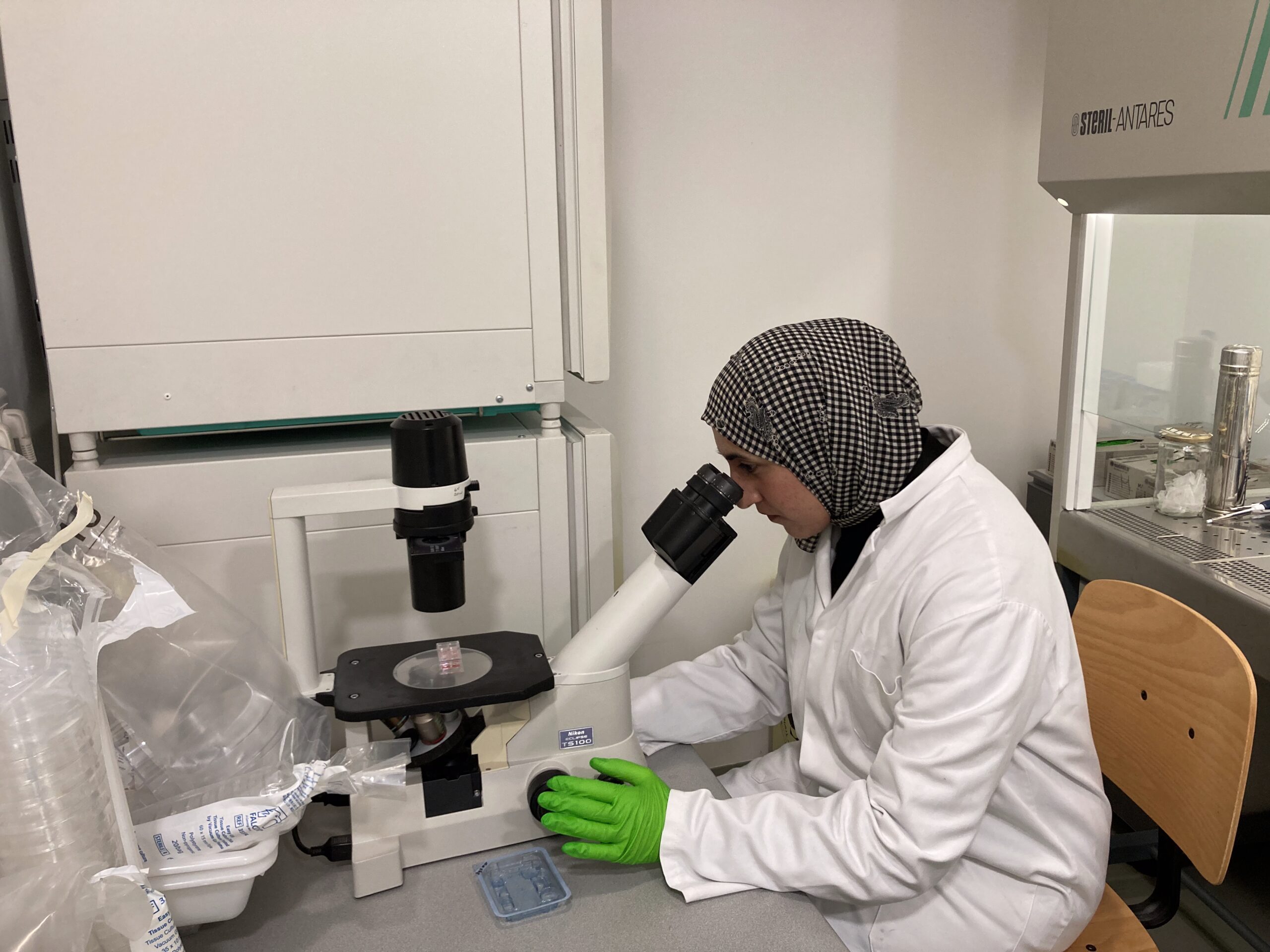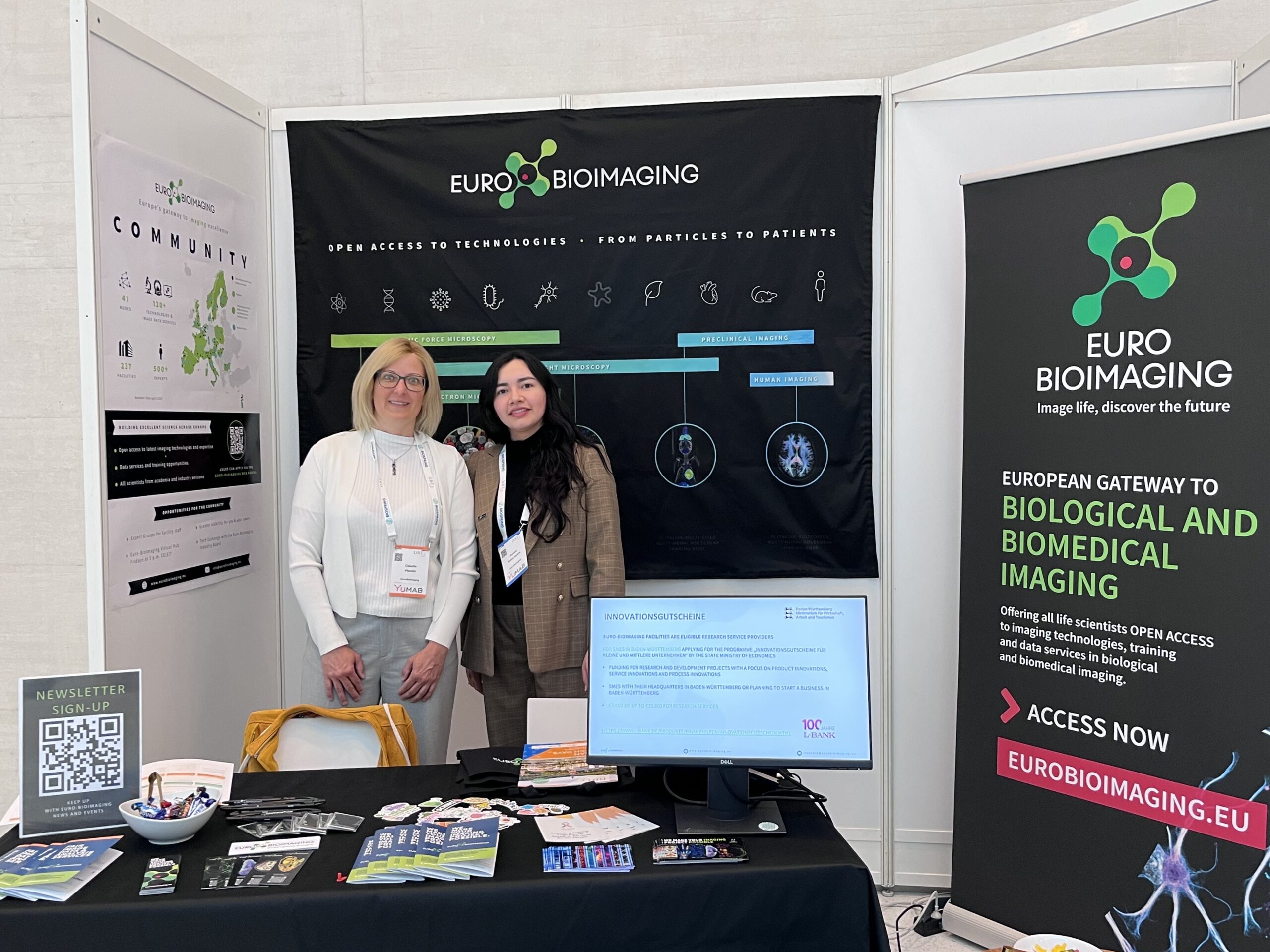
Running remote experiments in Italy’s Elettra Synchrotron laboratory
Due to the COVID-19 emergency in Spring 2020, Euro-BioImaging’s Phase Contrast Imaging Flagship Node in Trieste, Italy, started running remote experiments at its Elettra Synchrotron facility. This new modus operandi represents a true revolution for the site. Dr. Giuliana Tromba, the SYRMEP Beamline Coordinator, shares the remote procedures her facility has implemented – and explores some possible next steps:
“… Before the global pandemic, operations at the Elettra Synchrotron facility were based on training scientists onsite to use our machines. Once training was completed, users performed experiments with little intervention from our side. Our team was always there to support users when necessary, but generally speaking, our users were autonomous."
A new way to work

From the beginning of the COVID pandemic to the end of May 2020 - our facility was closed to external users. Since June 2020, users from Schengen area are allowed to access our Lab with some restrictions, however, when possible, experiments in sample-mailing modality (remotely conducted), are encouraged. This forces our team of 2 full-time and 2 part-time staff to work in different ways. This modality requires increased collaboration with our users’ groups and a higher knowledge of the specific scientific case from our side, since we are undertaking the experiment instead of just providing the users with access to our technology. We become users ourselves.
Experiment preparation
The day before the experiment begins, we call the user via Zoom to discuss about the sample preparation modality, the experimental needs and to decide for the samples’ priority list. The imaging protocols in terms of needed spatial resolution, X-ray energy, volumes under study, etc., are also discussed.
Samples/specimens are currently received by courier service and we are currently not able to accept live/in vivo samples. In the future we hope to implement an automatic samples exchange system – using a robotic arm – to speed up the scan of a large number of samples controlled remotely.
Running the experiment
The user is again connected with the beamline staff via Zoom. The first sample is mounted and our team first optimizes the imaging protocol, according to the samples’ characteristics and the user’s requirements. Once the best scan parameters are achieved, in agreement with the user, our staff can perform the CT scans of all the samples, acquiring and saving the datasets. The user has access to the data and reconstructs them with a remote access to the reconstruction PC. During or at the end of the experiment, reconstructed data can be downloaded.
Data transfer and archive
The data size of our CT scans is very big. With a modern internet communication (optic fiber) it can take more than 40 minutes to download one data set. Generally users want either raw data or reconstruction data – and both datasets are voluminous. Currently our Center stores all user data. We have archives from the past 10 years with a very high level of data storage security. Everything is backed up on redundant servers. In the future, the data policy of all Synchrotron facilities will be harmonized. In this framework it is expected that published data will be permanently stored, making it possible for all researchers to re-run experiments on public data, accessing it using the publication doi.
Pros and cons of remote experiments
In the remote modality we can run standard experiments using the simplest phase contrast technique, i.e. the propagation-based imaging setup. In-vivo studies or other experiments requiring more complicated modalities cannot be undertaken. Furthermore, as our staff is not sufficiently sized, the remote experiments require more time than the ones when the user is present, as they generally work 24 h/day.
On the other side we learned a lot from this first experience and are very hopeful about the prospects for reducing the cost for our users in future, by continuing to offer remote access. We also believe that this working modality will contribute to reducing the carbon footprint of science for users from abroad. In the future, some users might choose to run straightforward experiments remotely.
Now our facility is open to external users again. We are currently inviting Fast Track applications to use our facility with high priority for COVID-19 experiments.”
More news from Euro-BioImaging


